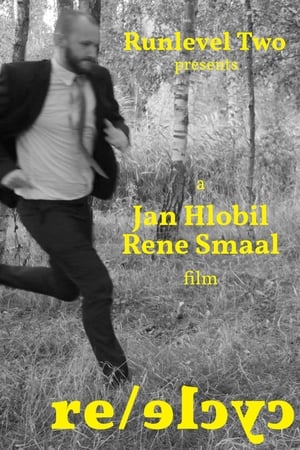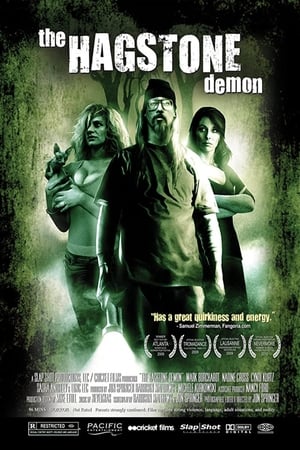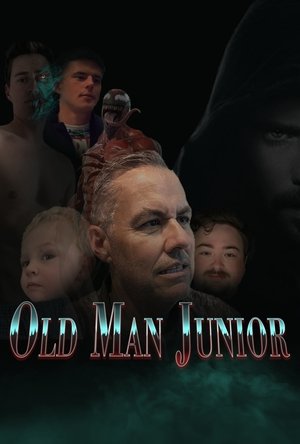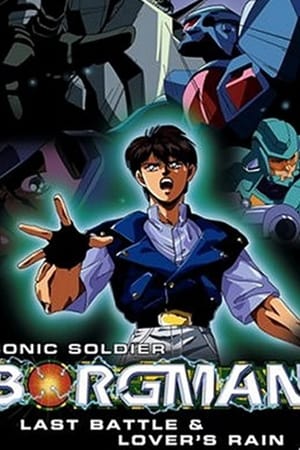

Sura: A Love Song(2023)
After quitting filmmaking about the tidal flat that underwent Saemangeum Seawall Project a few years ago, she moved to Gunsan-si, a city of Saemangeum, as she seemed destined to. Sura: A Love Song delivers the course of rediscovering the beauty of the tidal flat working together with the Citizens’ Survey Group on Saemangeum that has continued its research for nearly twenty years.
Movie: Sura: A Love Song
Top 4 Billed Cast
Self
Self
Self
Self

수라
HomePage
Overview
After quitting filmmaking about the tidal flat that underwent Saemangeum Seawall Project a few years ago, she moved to Gunsan-si, a city of Saemangeum, as she seemed destined to. Sura: A Love Song delivers the course of rediscovering the beauty of the tidal flat working together with the Citizens’ Survey Group on Saemangeum that has continued its research for nearly twenty years.
Release Date
2023-06-21
Average
5
Rating:
2.5 startsTagline
Genres
Languages:
한국어/조선말
Recommendations Movies
 7.7
7.7Re/cycle(en)
With input from actor and writer Jan Hlobil, director and cinematographer Rene Smaal presents a film in the true surrealist tradition, in the sense that only 'found' elements were used, and that it defies interpretation based on ordinary cause-and-effect time sequence.
 7.3
7.3Cine Gibi 5: Luz, Câmera, Ação!(pt)
In the fifth installment of the Cine Gibi series, Smudge and Jimmy Five find themselves engaged in a lively debate over the ultimate action film. Seeking a resolution, they turn to their friend Franklin, known for his inventive prowess, to organize yet another round of projected comic book film sessions using his colossal blender.
 6.4
6.4A Chinese Ghost Story III(cn)
Set 100 years after the events of A Chinese Ghost Story, Buddhist Bai Yun and his disciple Fong journey through a small town to transport a golden idol of Buddha. However, local thieves thwart their journey, sending them to take shelter at the ghostly Orchid Temple.
 6.3
6.3Sonic Magic: The Wonder and Science of Sound(en)
Though our world is full of sound, we only notice the noise. Sound can thrill, delight, warn, and scare us. But there's much more to the story. Sound can cure the sick and make the blind see.
 9.4
9.4Succubus(en)
A new father going through a marital separation joins a dating app and matches with a beautiful but mysterious young woman... whose powers of seduction and manipulation entangle him in a mystery more horrifying than he could have ever imagined.
 5.6
5.6The Hagstone Demon(en)
Douglas Elmore is an alcoholic writer and caretaker haunted by visions of his dead wife and pursued by supernatural forces bent on revenge for his past deeds. When tenants start turning up dead in the hallways and stairwells of his brownstone apartment building, Douglas suspects a strange but sexually alluring homeless prostitute named Karna who sleeps in his basement by day and prowls the empty city by night. But as the bodies pile up, Douglas is torn between his growing obsession with Karna and the threat of becoming a prime suspect in a murder investigation. Douglas must find the origin of the evil residing in the old Hagstone building before the secrets of his past return to destroy him.
 5.4
5.4Hyper Sonic(en)
In order to win $25 million, Daredevil pilots enter the worlds fastest jet race.
 7.4
7.4Re-Births(fr)
A documentary film depicting five intimate portraits of migrants who fled their country of origin to seek refuge in France and find a space of freedom where they can fully experience their sexuality and their sexual identity: Giovanna, woman transgender of Colombian origin, Roman, Russian transgender man, Cate, Ugandan lesbian mother, Yi Chen, young Chinese gay man…
Six: Inside(en)
Delves deep into the anxiety, thrill and uncertainty of six aspiring animation artists as they are plunged into the twelve-week trial-by-fire that is the NFB's Hothouse for animation filmmakers.
 4.8
4.8Sonic & Shadow Lovely Lavat(fa)
Sonic sends TikToks to his husband Shadow everyday but Shadow never respond, Sonic thinks his husband Shadow doesn't love him and don't care about him, they fight and Shadow makes Sonic cry and now Shadow doesn't know what to do.
 5.0
5.0Sonic Youth: Koncertas Stan Brakhage Prisiminimui (April 12, 2003)(en)
Filmed April 12, 2003 at a benefit concert held at and for The Anthology Film Archives, the international center for the preservation, study, and exhibition of avant-garde and independent cinema. In addition to screening films for the public, AFA houses a film museum, research library and art gallery. The event, which raised money for the Archives and celebrated the life and work of avant-garde film maker Stan Brakhage, featured Sonic Youth providing an improvised instrumental collaboration with silent Brakhage’s films. The band performed with drummer/percussionist Tim Barnes (Essex Green, Jukeboxer, Silver Jews).
 6.9
6.9Old Man Junior(en)
Morbius Jr, now an OId Man, is nearing the end of life, when he finds the last hope for all Morbkind. However, as he fights to protect the future of Morbheads, he finds himself facing off against an unlikely of enemy... HIMSELF.
 5.2
5.2Female Urologists 3(ko)
Haeil, wounded by his wife's words of 'premature ejaculation', goes to a urology department. But because the doctor is a woman, she is so surprised and embarrassed that she tries to go out. Then, a word from a woman doctor catches him. "How long will you live with premature ejaculation?". After that, after receiving special treatment, the beautiful female doctor Jeongyeon and glamor nurse Mijoo, Haeil gradually became a man loved by his wife.
 6.6
6.6Sonic Soldier Borgman: Lover's Rain(ja)
Picking up several years after the dissolution of the original Borgman team, this volume reunites the three remaining members--rocket scientist Ryo, his girlfriend Anise, and police officer Chuck Sweager--for the emotionally-driven episode "Lover`s Rain," which finds the trio facing an army of the undead bent on a rampage of murder and destruction.
 6.1
6.1Pound x Pound: The History of Juan Manuel Márquez(en)
Pound x Pound introduces you to the world of boxing elite through the eyes of Juan Manuel Marquez, four-time world champion. It is a ringside ticket to the professional and personal life of Juan Manuel. An unique access to the truth behind the rivalry with Manny Pacquiao. Read the story behind the Mexican idol, who through work, effort, sacrifices and frustrations, has established itself as one of the best pound for pound fighters in the world.
 9.8
9.8Virginia Water Lake(en)
Jackson, a nature lover with a passion for summer and flowers, planned a trip with his two sisters, Alina and Dina, to visit Virginia Water Lake. They had heard of its breathtaking beauty and were excited to explore the scenery together. Virginia Water Lake, located on the southern edge of Windsor Great Park, spans the borough of Runnymede in Surrey and the civil parishes of Old Windsor and Sunningdale in Berkshire, England. Although it's a man-made lake, it is named after a natural body of water of the same name. The surrounding area includes the charming village of Virginia Water, which stretches out to the lake's eastern side. As they arrived, Jackson and his sisters were captivated by the lake's serene setting, enjoying the warm summer day surrounded by lush greenery and blooming flowers.



